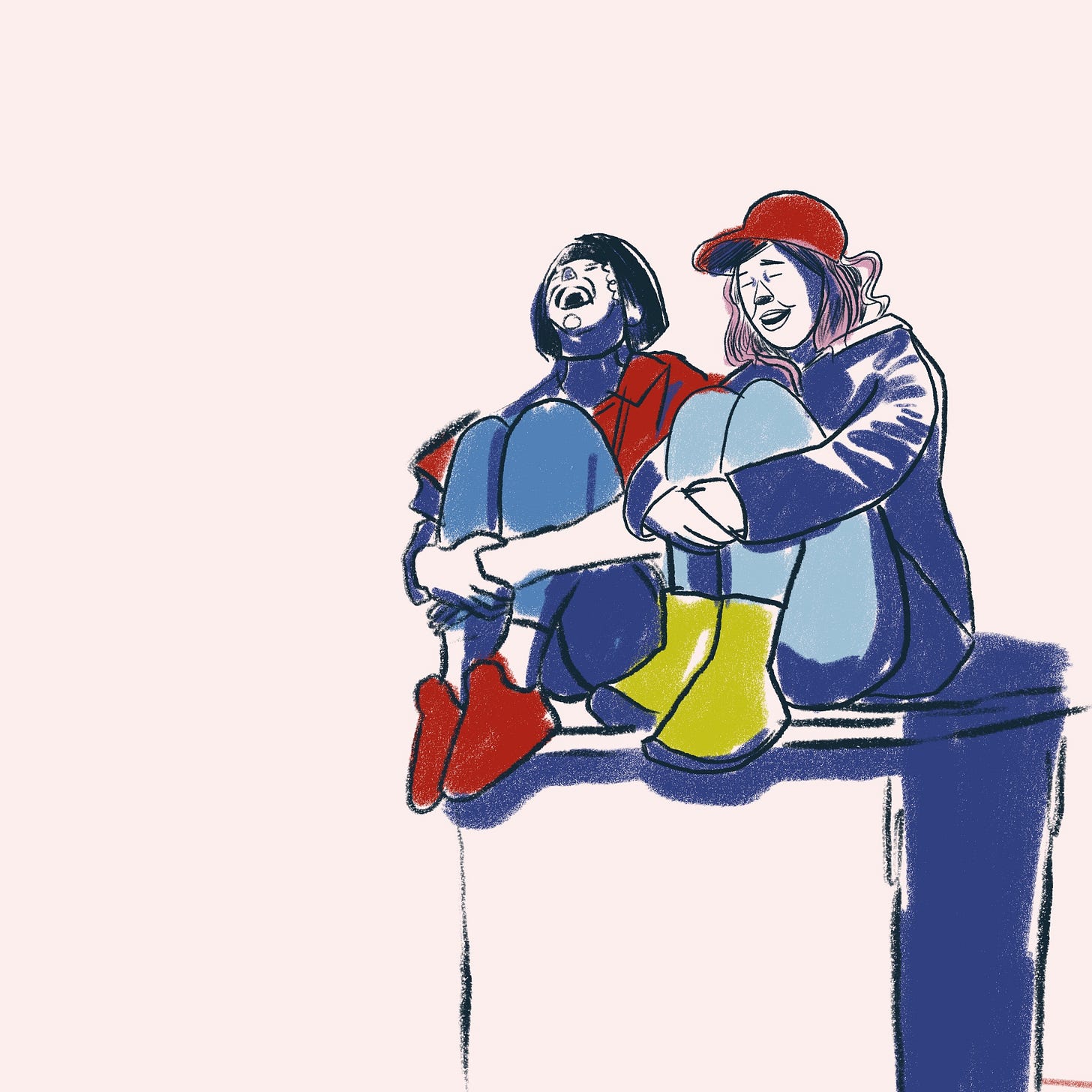You have a draft, in-progress, or complete.
If you do the following exercise, you WILL have an improved draft. This exercise is a modification I made to a graduate school assignment. I did it with novel chapters, but it works well with story scenes.
Setting it Up
Get some index cards. Or take a blank sheet of paper and draw some columns.
Now, let’s say you’re working with a 3,000-word chapter.
In this chapter, your protagonist is sitting in the car, drinking liquor, working up the courage to do some drastic action—let’s say, rob a bank.
He leaves his car, enters the bank, pulls the gun, has interactions with the teller and customers. The money is loaded into a bag by the teller while he waits, the seconds feeling like hours. He returns to his car. He thinks he’s got away with it. He drives away, but the flashing lights of a police car leave him with a choice: run or pull over.
Of course, this is a pretty intense chapter, but this technique works with slow, emotional slow-cookers, too.
Think about how you would chunk up this chapter logically, even if there aren’t section breaks. The easiest way is to physically ask yourself, “Where is the character?”
In this chapter, your protagonist is sitting in the car, drinking liquor, working up the courage to do some drastic action—let’s say, rob a bank.
He leaves his car, enters the bank, pulls the gun, has interactions with the teller and customers.
The money is loaded into a bag by the teller while he waits, the seconds feeling like hours.
He returns to his car. He thinks he’s got away with it.
He drives away, but the flashing lights of a police car leave him with a choice — run or pull over.
So, we have Car 1 - Bank 1 - Bank 2 - Car 3 - Car 4
Fill your index cards and columns with these labels.
Why did I subdivide the bank scenes and car scenes? Well, because intuitively, something’s different, right?
When he’s waving his gun around, he’s in control—that’s a particular emotional state. When he’s waiting on the teller to finish loading the bag, he’s going to be tense. There’s going to be a change in the emotional state. Same with the car, he goes from in control to out.
That’s basically what you’re going to do now.
Make a Note of It
You’re going to track the emotions of your character. First, it’s just noticing—what’s he feeling? So, we go…
Nervous, Agitated
Determined, Cold, Action-Oriented
Anxious
Relief
Terror
Now, do you go back and heighten those emotions? Is that Polarity Tracking?
No!!!
Right now, we’re still in the ‘noticing’ phase. We’re noticing how the draft is as it is written. We have to layer in what we want it to be. We have to layer in authorial intention.
Now is also where you look at any past character work you may have done. Who is this person? Have you written them in this chapter the way that you want them to be in a future chapter? Did the last chapter end with them nervous, agitated? This helps with continuity to start card number 1 with whatever feeling you ended the previous chapter with (unless, of course, you’re intentionally changing things up).
Clarifying Your Intentions
Next, rewrite the emotions 1-5 to better fit with your authorial intention:
Agitated But Ultimately Defeatist — there is no other choice
Surprisingly drunk with adrenaline — feels that this is LIVING and his life before was NOT
Anger at the teller
Pride — feeling like the world is his oyster
The adrenaline hasn’t left his body. He feels something he’s never felt before. He can outrun these cops, these helicopters, these satellites. He’s READY!
Return to your draft and try to look at the sensory details in your chapter. Are they achieving these emotional poles? Tweak and re-draft and re-read and see, now, if you’re leading the reader with greater panache and intention, rather than being led yourself by the unfolding events of the story.
Congrats, you’ve just Polarity Tracked!
Here’s what happens—
a) You do more showing and less telling because now that you’re intentional, your sensory details are less random and do much more WORK for you.
b) The story changes in surprising ways, making you want to change events, and you feel more like, “Yes. This is the story I want to write.”
Let’s say you have a dinner-party scene — track the emotional states of all the characters. Then write the INTENDED emotional states that better suit the dominant impression you’re trying to re-create. Rewrite your sensory details and key events accordingly.
If you hate this technique and it doesn’t work for you, don’t @ me. It works for me.
Written by Raghav Rao
Illustration by Sophie Lucido Johnson
Office of Modern Composition is a Chicago-based writing studio that both makes compositions and fosters composers. We offer one-on-one coaching for writers and also take on commissions for things you need to have written. We also offer free events like our in-person and online co-writes.





I've never given much thought to fiction writing but that could change; I found your exercise quite interesting and enlightening. Ps I love it when you say "If you hate this technique and it doesn’t work for you, don’t @ me. It works for me." Word.